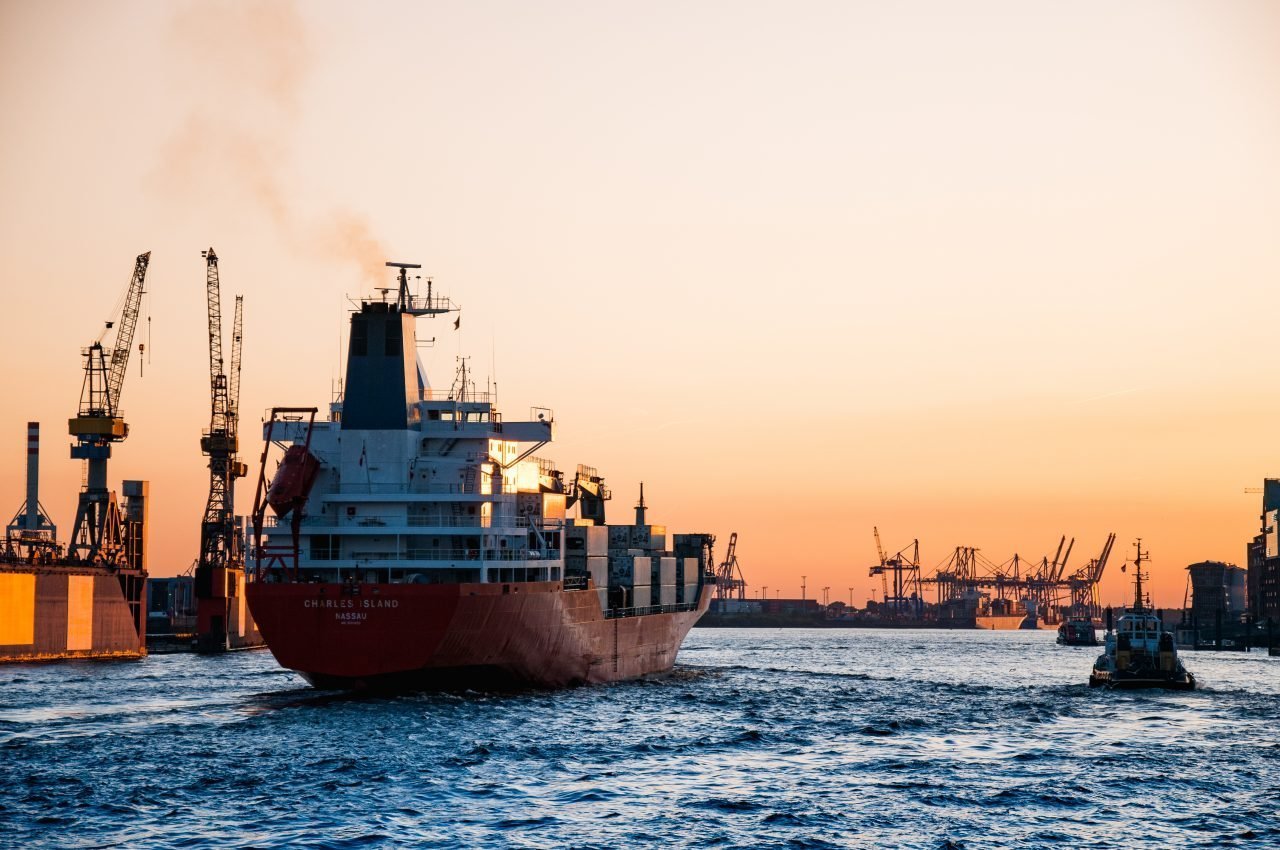
If it were up to billionaire Andrew Forrest, an environmentally friendly ship that uses ammonia rather than fuel oil to sail will be on the water by 2022, an environmentally-friendly solution for a polluting sector. And it is not the only one, because in Rotterdam there are also many initiatives for clean shipping.
Andrew Forrest earned his billions from mining, another intensely polluting practice. The Australian billionaire seems to want to improve his life and in recent years has made several “sustainable” vehicles, such as a mining truck that runs on hydrogen and a train that runs on ammonia.
Making headway in shipping
Those projects were so successful that Forrest is now bringing in a team of engineers and researchers to make shipping more sustainable. By the end of 2022, there should be a ship that runs on ammonia. That will give him and his team a year to fully develop the technology and make it ready for international transport.
An ambitious plan, which, thanks to Forrest’s almost infinite budget, could well succeed. If so, this ammonia ship will be years ahead of other initiatives. After all, the idea of using ammonia is not new; there are various plans to use it as an alternative to fuel oil. In theory, ammonia is sustainable because you can make it from nitrogen from the air and hydrogen. If you produce that hydrogen with sustainable electricity, then ammonia is sustainable.
Green shipping in the Netherlands
The Netherlands, and in particular the port of Rotterdam, also wants to make shipping more sustainable. This week, a collaboration of several companies announced that they are committed to biofuel made from biomass, which is more sustainable than fossil fuel. Recently, people have been filling up with this biofuel for the first time. If it were up to the companies, they would start using this more and more to slowly reduce emissions from shipping.
To store all this sustainable fuel, a new company is taking over part of the large storage tanks in the port. In the future. The storage tanks will be for biofuels, hydrogen and perhaps ammonia.
Ammonia is not sustainable
This is where the shoe starts to rub, however. For the time being, the production of green hydrogen is still very limited, despite great plans. And as long as there is not enough green hydrogen, the production of ammonia will have an enormous footprint. Just think: ammonia is a major component of fertilizer and the fertilizer industry is one of the world’s biggest polluters.
But Australia, in particular, has the potential to become a major green hydrogen player. After all, it has plenty of space and a lot of sun, so putting up solar panels and using the power for hydrogen seems like a good plan. This hydrogen can then be transported to ships that can run on ammonia. It is therefore a good thing that ships that can run on sustainable fuel will be built as soon as possible so that the sector is ready when there is enough sustainable fuel available.
Also interesting: Ammonia is the key to sustainable maritime shipping

